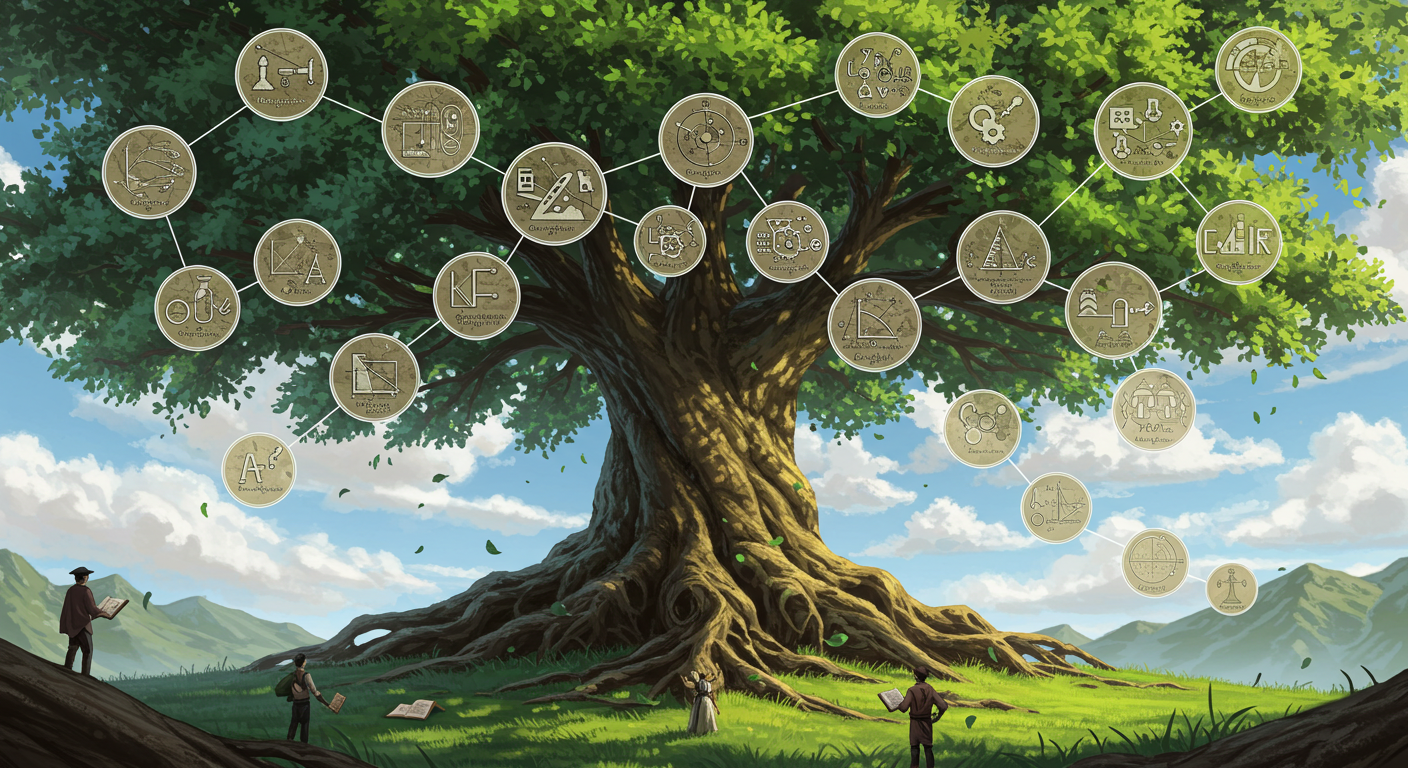Have you ever noticed the beautiful pink and blue shimmer inside a shell, like that of a sea snail (sazae)? Many people wonder if this color variation is linked to the shell’s gender or if it’s due to the food they consume. In this article, we’ll explore the science behind these colorful shells and what causes these unique hues.
1. The Cause of Color in Shells: Genetics vs. Environment
The colors you see inside the shells, such as the pink and blue shimmer, are primarily due to the shell’s genetic makeup and the environment in which the animal lives. These vibrant colors are typically not linked to gender, but to a variety of factors such as the animal’s age, diet, and even the minerals found in their surroundings.
2. How Diet Affects Shell Color
While diet can affect the color of some marine organisms, it does not usually cause such vivid changes in shells. The appearance of pink or blue hues in shells is more likely to result from the animal’s exposure to certain trace elements or the presence of specific pigments in the environment. The food they consume, including algae and plankton, may contain natural dyes that contribute to these colors, but the effect is usually minimal compared to the genetic factors.
3. The Role of Gender in Shell Color
When it comes to marine animals, gender differences can sometimes affect certain physical traits, but not necessarily the interior color of the shell. In species like snails, where the inner shell might shimmer with various hues, these colors are typically not a result of being male or female. Instead, factors like age and the overall health of the animal play a more significant role in the appearance of the shell.
4. Mineral Composition and Environmental Influences
The minerals and environmental conditions where the animal lives are major contributors to the colors you see inside the shell. For example, certain areas with rich mineral deposits may affect how the shell is formed and colored, leading to unique hues like pink or blue. These colors are often an indicator of the animal’s environment rather than a direct result of its diet or gender.
5. Conclusion: Is Shell Color Linked to Gender or Diet?
In conclusion, the vibrant pink and blue hues inside a shell are mostly influenced by genetic factors and environmental conditions rather than by the animal’s diet or gender. While certain pigments in food can have a minor effect, it’s the combination of genetics and the environment that creates these beautiful natural colors. Whether you’re observing a snail or other marine creatures, the colors inside their shells are a fascinating aspect of nature’s design.



コメント